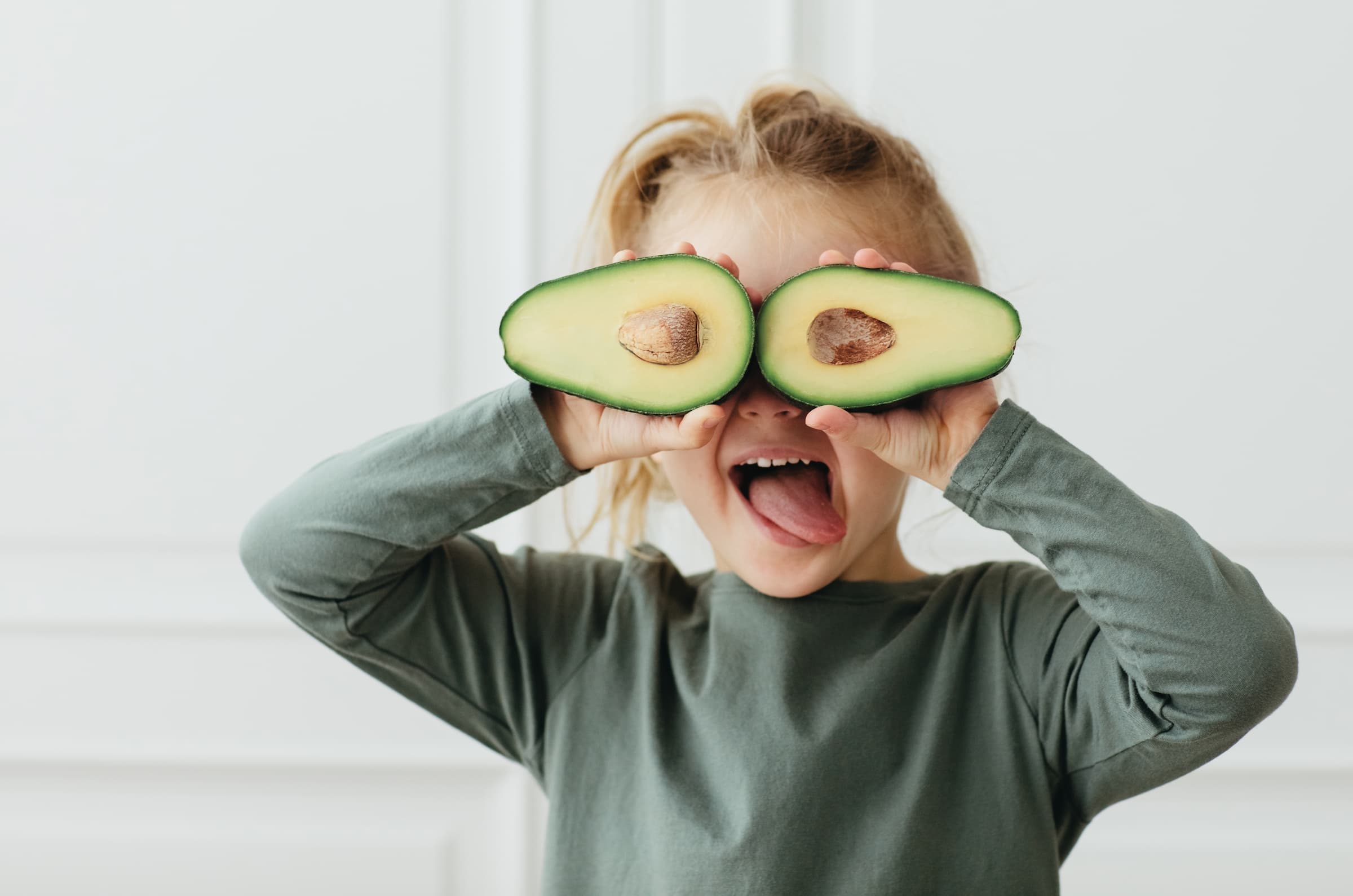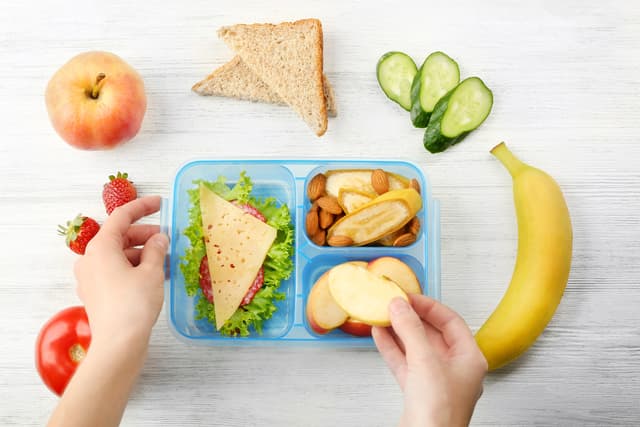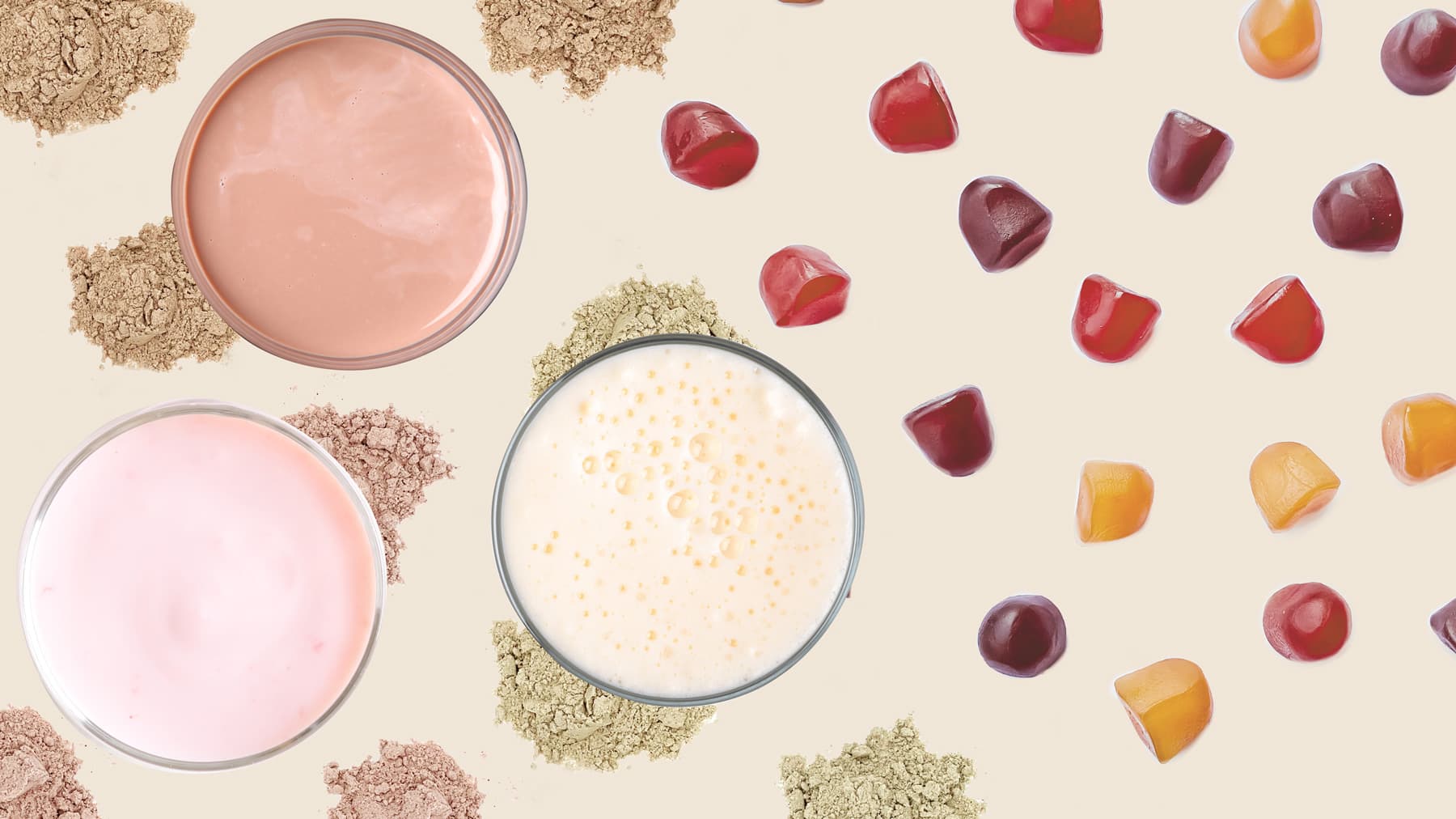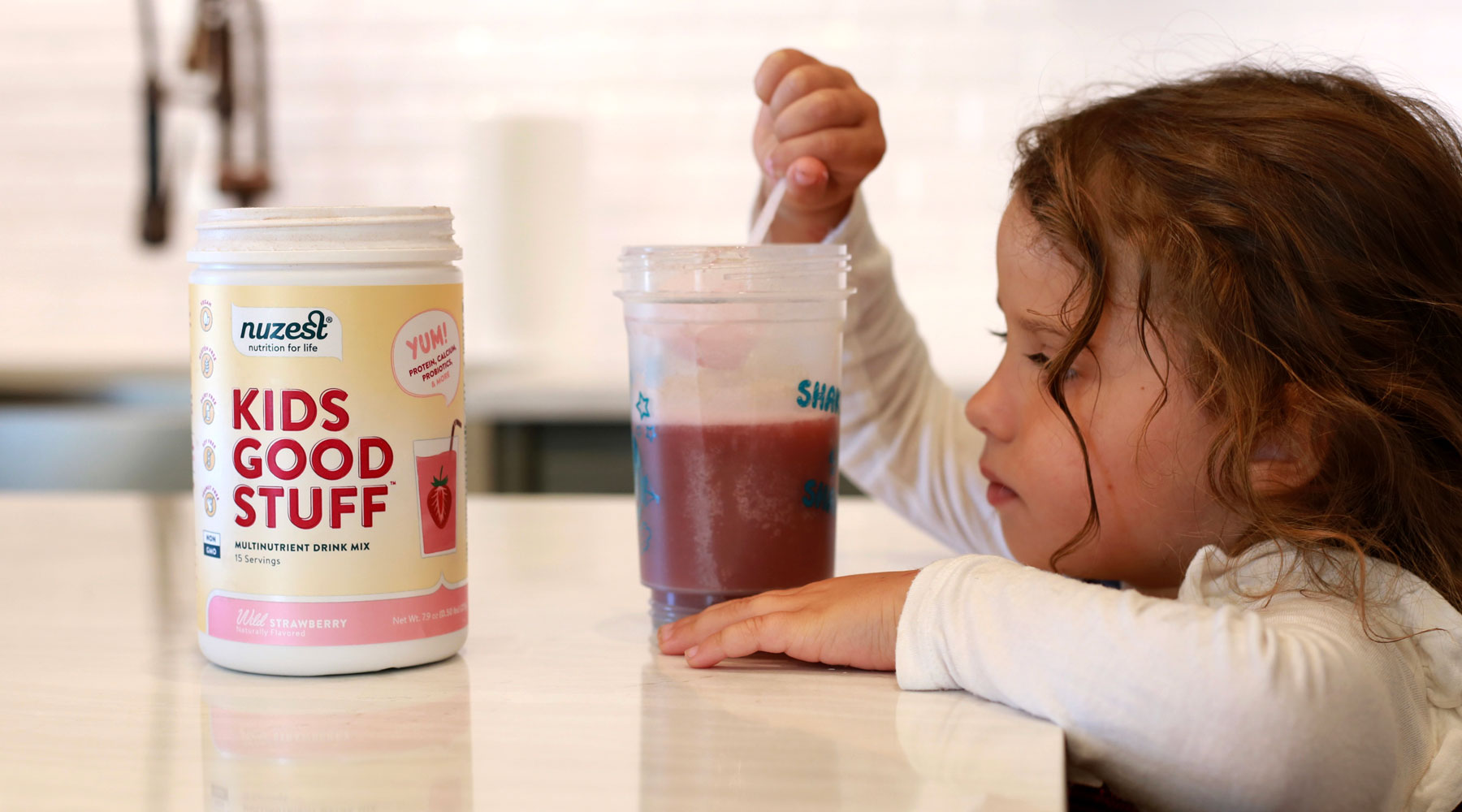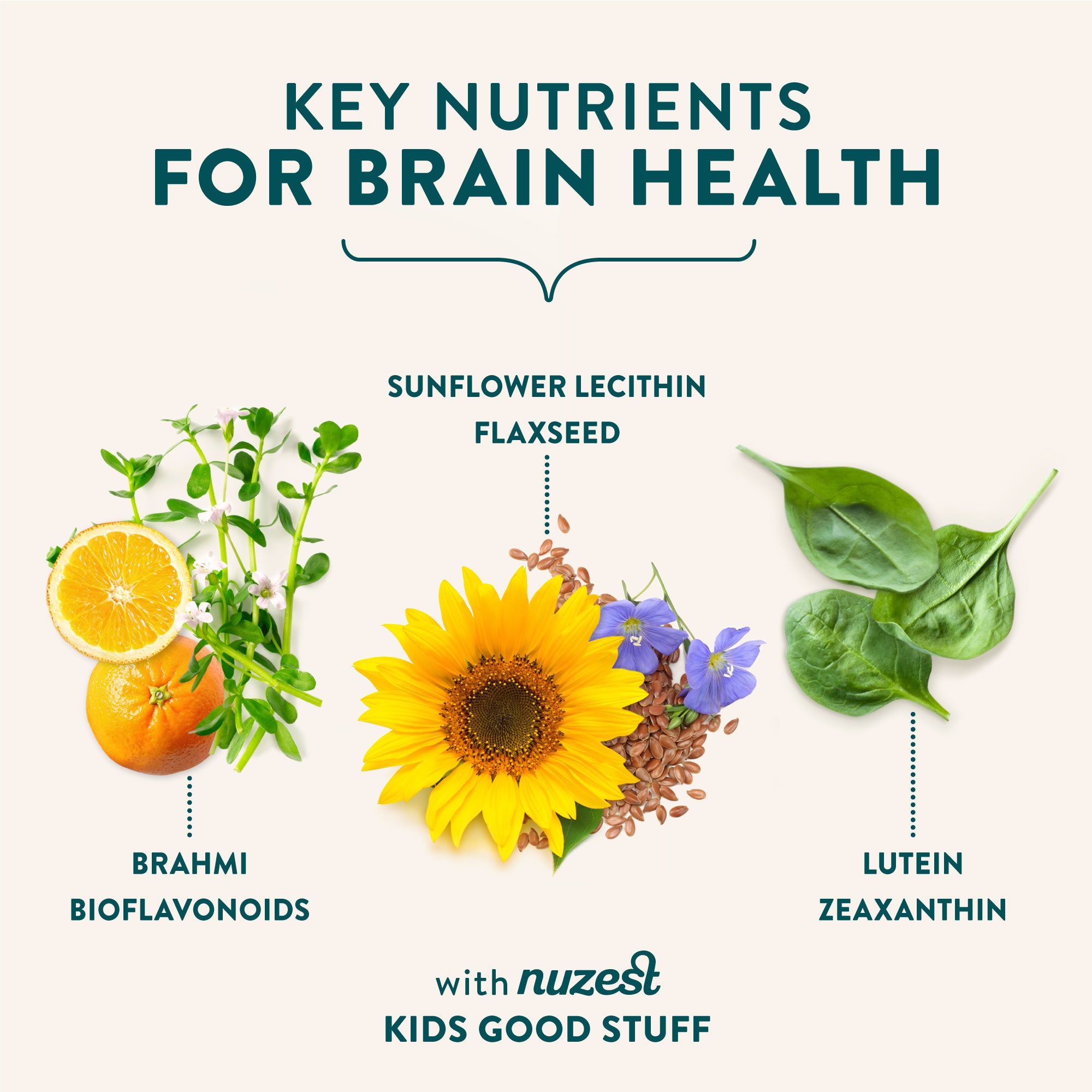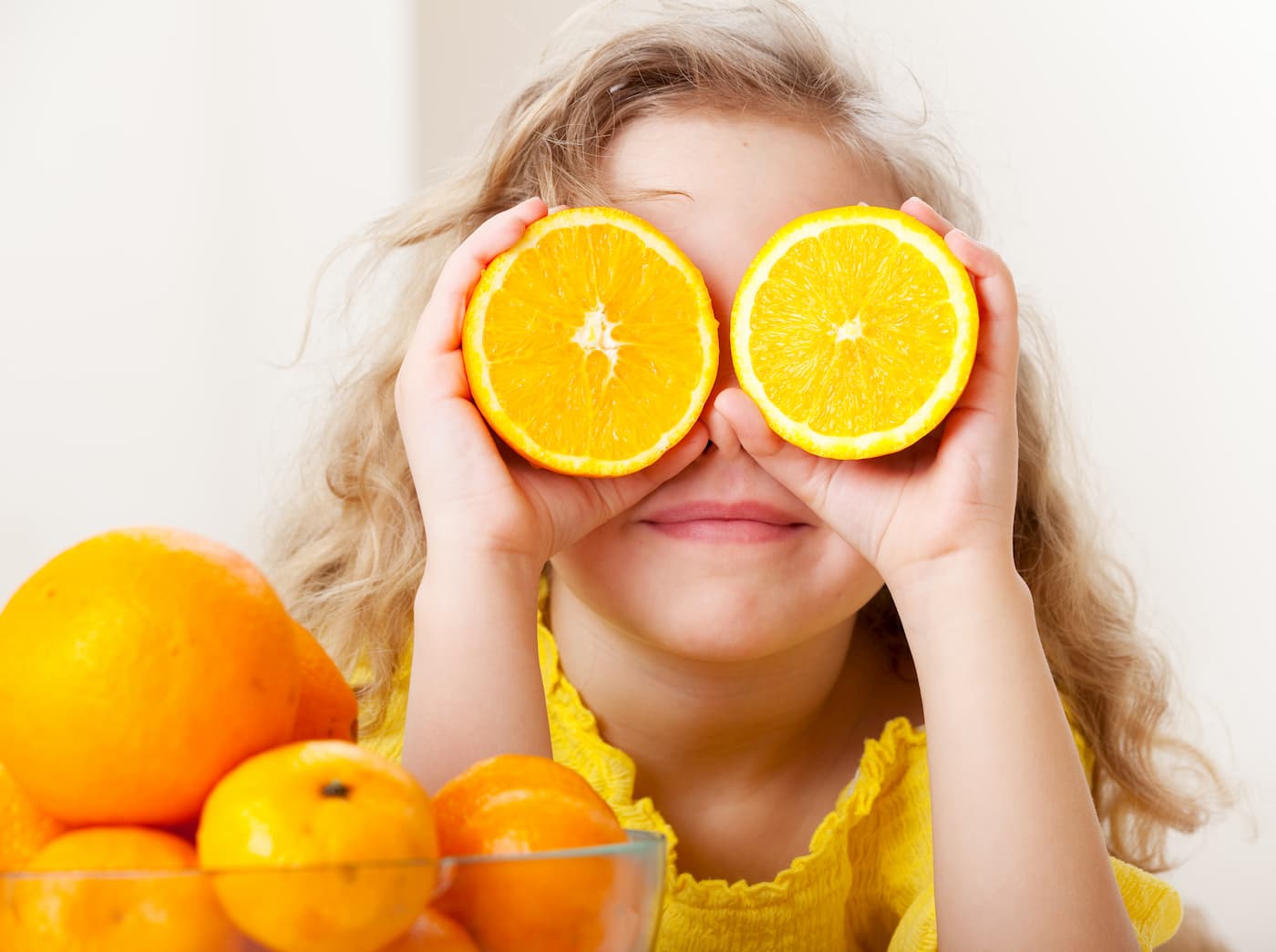With back-to-school time imminent, our resident Naturopath delves deeper into what we can do to help get our kids to excel at school this upcoming year.
Introduction
It’s about that time of year that we start ticking off the list to make sure we have everything ready for sending our kids back to school. Backpack. Books. Stationary. School uniform. Shoe polish… and the list goes on. And while all of these elements are important, there is one thing we can do to help make sure that this next year of school will be even more of a success; fuel our kids with foods that help to boost brain health, optimize cognition, and support memory and focus so they have everything they need to live, learn, grow and play.
Foods for Energy
Kids use up a lot of energy and not just on the playground. In fact, it is now well established that our brains account for up to 20% of our daily energy budget1, making it the most energy-consuming organ in the human body. But this also means that our kids need a decent amount of nutrient-dense fuel to get through a day at school. If your kid struggles to focus all day at school, it might simply be that they are not eating enough to sustain the energy they need to get through a day in the classroom.
Our top foods for kids’ brain energy are:
Whole grains, Fruits and Vegetables
The brain consumes more than 50% of dietary carbohydrates, with approximately 80% of those being used for energy purposes alone2. As such, carbohydrates are an extremely important macronutrient to consume for brain energy. However, not all carbohydrates are created equal.
Low glycemic index (GI) carbohydrates, referring to carbohydrates that are digested slower and have a reduced impact on post-prandial (post-meal) blood glucose (sugar) response, have been shown to be the preferential choice when it comes to supporting sustained energy release3. This means your littles one stay fuller for longer and don’t go through peaks and troughs throughout the day – better for mood, energy and focus.
Our favorite low GI carbohydrates include whole grains (such as whole- or multigrain breads, cereals, legumes, rice), and fruits and vegetables (think berries, stone fruit, kiwis, carrots, celery, broccoli, zucchini and tomatoes).
Studies on children found that consuming low GI foods helps to improve the quality and duration of intellectual performance2.
Furthermore, on studies across all ages, it was found that poorer glycemic control (perpetuated by consuming high GI foods such as highly refined sugars and junk food) is associated with impaired cognitive function and lower performances on tests of memory2.
Interestingly, low GI foods tend to be higher in fiber than their high GI counterparts. In studies, the presence of dietary fiber has shown to be associated with higher alertness ratings and less perceived stress2.
If you consider all the extra micronutrients you get from these foods on top of their low GI benefits, it is easy to see why whole grains, fruits and vegetables are extremely important for kids’ energy at school2.
Legumes, Nuts and Dark Leafy Greens
The collective effect of the B vitamins are particularly important to numerous aspects of brain function including energy and neurotransmitter production, and the synthesis of numerous neurochemicals and signaling molecules4. And while most studies focus on the small sub-set of B9, B6 and B12, evidence suggests that adequate levels of all eight B vitamins, including B1, B2, B3, B5 and biotin (B7) as well, is essential for optimal physiological and neurological functioning. This is in fact so much so, that observations from human research clearly shows that a significant proportion of the population of developed countries suffer from deficiencies or insufficiencies of the B vitamins, and that in the absence of an optimal diet, supplementation of the B vitamins is recommended for preserving brain health4. Foods that contain a variety of the B vitamins include legumes, mushrooms, nuts, wholegrain cereals, leafy vegetables, eggs and high quality meats and fish.

Foods for learning, concentration, memory and focus
Having enough energy to get through the day is the first of the fundamentals for a great day at school. Next on the list though, is ensuring your kids get enough of the good stuff to help support learning, concentration, memory and focus to help put that energy to good use.
Our top foods for kids’ concentration, memory and focus are:
Protein
Protein occurs in all living cells and is an important macronutrient for children’s growth and development5. And when it comes to brain health, high quality protein sources are required to allow your child’s brain to grow, develop and function adequately. The central nervous system (CNS) where your brain lives, requires numerous amino acids found in protein foods for the production and function of various neurotransmitters (the connections between cells in your brain that help you learn and allow your body to follow your brains’ instructions), cognitive performance and balanced mood6. Protein foods also tend to be good sources of B-vitamins, and help to balance blood sugar levels and provide long-lasting sustainable energy. Our top choices of protein include nuts, seeds and fatty fish (because these also include omega-3 fats), pulses, legumes and lean free-range meat and poultry.
Avocados, Walnuts, Flaxseeds and Chia Seeds
About 60% of your brain is made up of fat, half of which is comprised of omega-3 fatty acids7. Omega-3s are utilized to build brain and nerve cells, and are essential for learning and memory7,8. In particular, docosahexaenoic acid (DHA – one of the fatty acids that make up omega-3) is vital for normal brain function, and optimal visual and cognitive development. However, it’s a nutrient that usually has low intake amongst children, thus impacting their cognitive capacity9. One systematic review, published in Nutrients journal, confirmed the importance of DHA in cognition, behavior and school performance in healthy school-age children, and in particular the benefit of supplementing with DHA to combat the low intake amongst this age group9. Foods such as avocados, walnuts, flaxseeds, chia seeds and fatty fish are all great, natural sources of omega-3 and DHA.
Cruciferous Vegetables, Nuts, Seeds and Whole grains
Choline is an essential nutrient for normal brain development and function, cognitive processes and memory10. Thankfully, many common foods contain choline, such as quinoa, almonds, walnuts, mushrooms, broccoli, peas, carrots, oranges, bananas, apples, kiwifruit and eggs. More than half of dietary choline is consumed as phosphatidylcholine, with one of the richest source of phosphatidylcholine being found in lecithin11. In fact, lecithin, a component of sunflowers and their seeds, has been used to help support the management of cognitive decline and impairment due to its concentration of phosphatidylcholine11.
Water
Water is essential for life. Not only is it the major contributing factor to our body’s build, it is also an essential component for carrying nutrient to cells. In other words, without water, none of the nutrients on this page would be able to get to where they need to go, to do what they need to do.
In terms of brain health specifically, studies show that water plays an important part in brain function and cognitive performance. So much so that a 1% or more body water deficit can impair focus, attention and short-term memory12. The longest time we go without water is during the eight hours that we sleep overnight, so it is important for children to have a glass of water in the morning to help prep their brain for the big day ahead. It is also important that kids have frequent water throughout the day to help maintain proper hydration.

Foods for Protection
Being a kid can be taxing. And while we yearn for our younger years where we were vibrant, full of energy and free of taxes, it’s important to remember that kids do experience stress, especially due to changing societal expectations and the impact of learning, playing and growing day-in and day-out. While stress is a normal part of everyday life, too much stress can be detrimental to a child’s brain, cognitive and emotional development13. And while we can’t avoid stress entirely, there are ways you can help to reduce the impact of, and protect against, normal stress on your child’s body and brain.
Our top foods for protecting kids’ brains are:
Berries
Antioxidants are elements that protect your brain against oxidative stress, which you can otherwise think about as protecting your brain against wear and tear14. Fruits that are brightly colored, such as berries, are high in antioxidants, and as a general rule of thumb, the more brightly colored, the more nutrient dense they are. Blueberries in particularly are renowned for being one of the most potent sources of antioxidants, and are known to support brain function, reduce inflammation and display neuroprotective (brain protective) properties14. All berries, however, do contain antioxidant properties, plus they’re colorful and delicious and kids love them! So, don’t forget about strawberries, cranberries, raspberries, goji or açaí berries.
Dark Leafy Greens
True to the rule of vibrantly colored health, dark leafy greens, including spinach and kale, are a potent vegetable source of vitamin C, which is known to be a vital antioxidant molecule in the brain15. They are also a great source of vitamin K, which is essential in healthy bone development16.
Nuts and Seeds
Not only are they full of protein and essential fatty acids, nuts and seeds are also great natural sources of vitamin E and selenium, which are two of the key nutritional antioxidants. While nuts may not be allowed at schools, sunflower seeds (whether whole or in a spread) are a great option for nut-free zones. They contain all the goodness listed above plus have the added benefits of being one of the most well-known sources of lecithin. They’re a tiny powerhouse packed with so much nutrition18.
While all of these foods are at the top of our list for kids’ brain health, we understand that eating all of these in the right amounts every day can be challenging for even the most diligent of households. Thankfully, multi-nutrient formulas such as Kids Good Stuff helps to provide your kids with all the important nutrients they need, including those listed above, in a delicious formula that can simply be mixed with water and enjoyed. Formulated specifically with kids’ needs in mind, made with real fruit and veg, and designed to help fill nutritional gaps in their daily diets, Kids Good Stuff provides the perfect balance to give your kid everything they need to live, learn, grow and play – all in one daily serve.
References
- Brady S, Siegel G, Albers RW, et al. Basic Neurochemistry: Molecular, Cellular and Medical Aspects. 7th edn, vol 1. Oxford: Elsevier, 2005.
- Bourre JM. Effects of nutrients (in food) on the structure and function of the nervous system: update on dietary requirements for brain. Part 2: macronutrients. J Nutr Health Aging 200g;10(5):386-399.
- Gourineni V, Stewart ML, Skorge R, et al. Glycemic index of slowly digestible carbohydrate alone and in powdered drink-mix. Nutrients 2019;11(6):1228.
- Kennedy, DO. B vitamins and the brain: mechanisms, dose and efficacy – a review. Nutrients 2016;8(2):68.
- National Health and Medical Research Council (NHMRC). Protein. Nutrient Reference Values for Australia and New Zealand, 2014. Viewed 20 Jan 2020, https://www.nrv.gov.au/nutrients/protein
- Lieberman HR. Nutrition, brain function and cognitive performance. Appetite 2003;40(3):245-254.
- Wysoczanski T, Sokola-Wysoczanska E, Pekala J, et al. Omega-3 fatty acids and their role in central nervous system - a review. Curr Med Chem 2016;23(8):816-831.
- Rathod R, Kale A, Joshi S. Novel insights into the effect of vitamin B₁₂ and omega-3 fatty acids on brain function. J Biomed Sci 2016;25(23):17.
- Kuratko CN, Barrett EC, Nelson EB, et al. The relationship of docosahexaenoic acid (DHA) with learning and behavior in healthy children: a review. Nutrients 2013;5(7):2777-2810.
- Higdon J. Micronutrient information center: choline. Linus Pauling Institute. Oregon State University, 2015. Viewed 20 Jan 2020, https://lpi.oregonstate.edu/mic/other-nutrients/choline#reference54
- Office of Dietary Supplements (ODS). Fact sheets for health professionals: choline. National Institutes of Health (NIH), 2019. Viewed 20 Jan 2020, https://ods.od.nih.gov/factsheets/Choline-HealthProfessional/
- Riebl SK, Davy BM. The hydration equation: update on water balance and cognitive performance. ACSMs Health Fit J 2013;17(6):21-28.
- McEwen BS. Effects of stress on the developing brain. Cerebrum 2011;14.
- Casedas G, Les F, Gomez-Serranillos MP, et al. Anthocyanin profile, antioxidant activity and enzyme inhibiting properties of blueberry and cranberry juices: a comparative study. Food Funct 2017;8(11):4187-4193.
- Kocot J, Luchowska-Kocot D, Kielczykowska M, et al. Does vitamin C influence neurodegenerative diseases and psychiatric disorders? Nutrients 2017;9(7):659.
- Prenice A, Schoenmakers I, Laskey MA, et al. Symposium on ‘Nutrition and health in children and adolescents’ Session 1: Nutrition in growth and development. Proc Nutr Soc 2006;65(4):348-360.
- Office of Dietary Supplements (ODS). Fact sheets for health professionals: selenium. National Institutes of Health (NIH), 2019. Viewed 20 Jan 2020, https://ods.od.nih.gov/factsheets/Selenium-HealthProfessional/
- Office of Dietary Supplements (ODS). Fact sheets for health professionals: vitamin E. National Institutes of Health (NIH), 2019. Viewed 20 Jan 2020, https://ods.od.nih.gov/factsheets/VitaminE-HealthProfessional/

